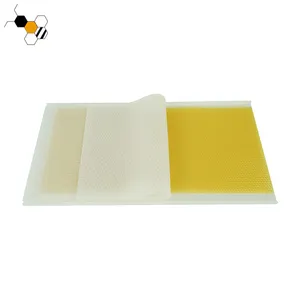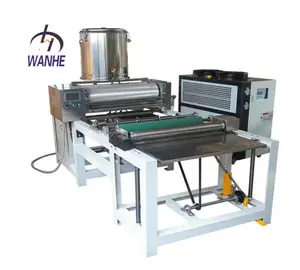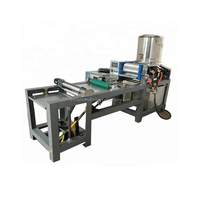When selecting a beeswax foundation roller, it's essential to consider the specific features that cater to your beekeeping needs. A key aspect is the material; for instance, an aluminum alloy roller is durable and resistant to wear, ensuring longevity. The size of the roller is another crucial feature, with options such as 450mm, 310mm, 250mm, and 195mm available, allowing for customization according to the scale of your operations.
The cell size imprinted by the roller, which can be 5.4mm, 4.9mm, or customizable, is also significant as it affects the structure of the honeycomb. A manual roller offers hands-on control during the foundation sheet creation process, which can be vital for artisanal or small-scale beekeepers. Additionally, the construction of the roller, possibly featuring a plywood base, contributes to the overall stability and ease of use.
It's important to note that the roller's application is specifically for making foundation sheets, a critical component in beekeeping. The foundation sheets serve as a template for honeybees to build their comb, so the precision and consistency of the roller's embossing pattern are imperative for the health and productivity of the bee colony. When sourcing a beeswax foundation roller, these features should guide your decision to ensure you acquire a tool that meets your beekeeping requirements effectively.

















































 浙公网安备 33010002000092号
浙公网安备 33010002000092号 浙B2-20120091-4
浙B2-20120091-4